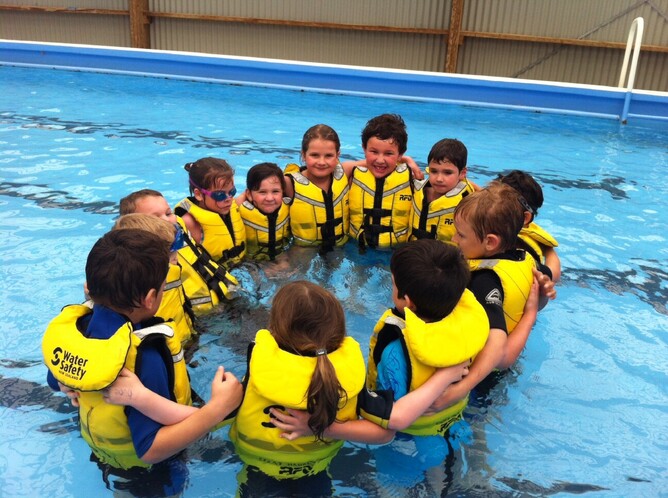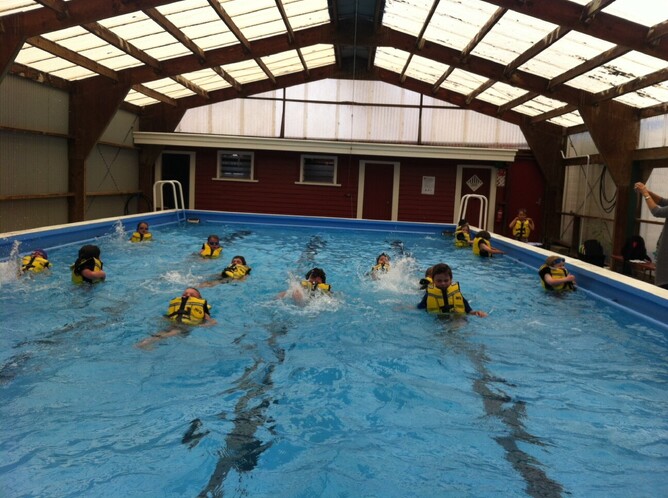As an island nation, our beaches, rivers and lakes provide ample opportunity to swim, play and participate in water sports. These are all part of the quintessential Kiwi lifestyle.
But with this comes an increased risk of accidents, unpredictable conditions and currently, a lack of skills to navigate these.
Drowning is the number one cause of recreational deaths in New Zealand, and the Bay of Plenty has the fourth-highest regional drowning rate in the country.
Each one of these deaths is a life cut-short - often a young life - and it leaves families and communities devastated. But it is often a preventable fatality.
To help change these troubling statistics, a Governance Group of representatives from the water safety sector was established by Water Safety NZ.
After extensive community consultation, the group developed the Bay of Plenty Water Safety Strategy – a series of actions focused on reducing drowning deaths and injuries and building a culture of safe enjoyment around water.
Subregion drowning data revealed that in the Western Bay, powered boating was the most common activity leading to drowning, and beaches, offshore and tidal waters were the most common areas where drowning occurred.
The strategy has targeted a number of priorities in the past year, including a focus on access of the Water Skills for Life programme to all primary aged children, regular hui’s to collaborate and converse with the sector, and investment in current and new activities aimed at preventing attitudes and behaviours that lead to drowning.
Dave White, Bay of Plenty Regional Water Safety Strategy Manager, employed by Sport Bay of Plenty, coordinates, facilitates and reviews the delivery of these initiatives. He says while they are still reasonably early in the life of the strategy, they are seeing some positive progress.
“We have made some significant gains establishing relationships with stakeholders, investors and providers. We are focused on getting the sector to work closer together, progressing the priority actions, avoiding duplication, and using consistent messaging; established relationships are key to achieving this, and this has been the focus for this initial period.
“The Water Skills for Life programme has reached 6,441 children in the Western Bay of Plenty in the past 12 months, via a combination of teacher professional development and delivery via local providers. From this baseline, we aim to grow these numbers further in the future.
“We’re currently working with Swimming NZ, Water Safety NZ, and local swim school providers to have a thorough understanding of the reach of the programme and who is missing out. We are developing a plan to ensure we can broaden the reach, ensure more equitable access and advocate to address any challenges or barriers. This involves talking to local schools, understanding the available network of pools and ensuring cost-effective transport options.”
Dave says there is a lot coming up in the next 12 months to further educate and promote the safe enjoyment of local water.
“Water Safety Month will be running from the 16th of October, and we have around 30 organisations across the Bay of Plenty who are keen to get involved. We’re looking forward to announcing the events closer to the time.
“We’re also working with Surf Lifesaving NZ to standardise all signage throughout the Bay of Plenty to international standards, and building relationships in the Maori community in order to collaborate and lower the Māori drowning rate.”
TECT funding of $25,000 was approved last year to support the implementation of the strategy with a dedicated Strategy Manager role. Dave says the role will be key to achieving the strategy priorities.
“To ensure the success of this strategy, a dedicated resource was imperative and the TECT funding was essential in contributing to this position. We appreciate TECT’s ongoing support and collaboration and recognition in the importance of water safety in the Bay of Plenty.
“We look forward to further collaboration as we develop a plan for more school-aged children to have access to the Water Skills for Life Programme.”
To learn more about the Bay of Plenty Water Safety Strategy, visit https://watersafety.org.nz/bay-of-plenty-water-safety-strategy.





